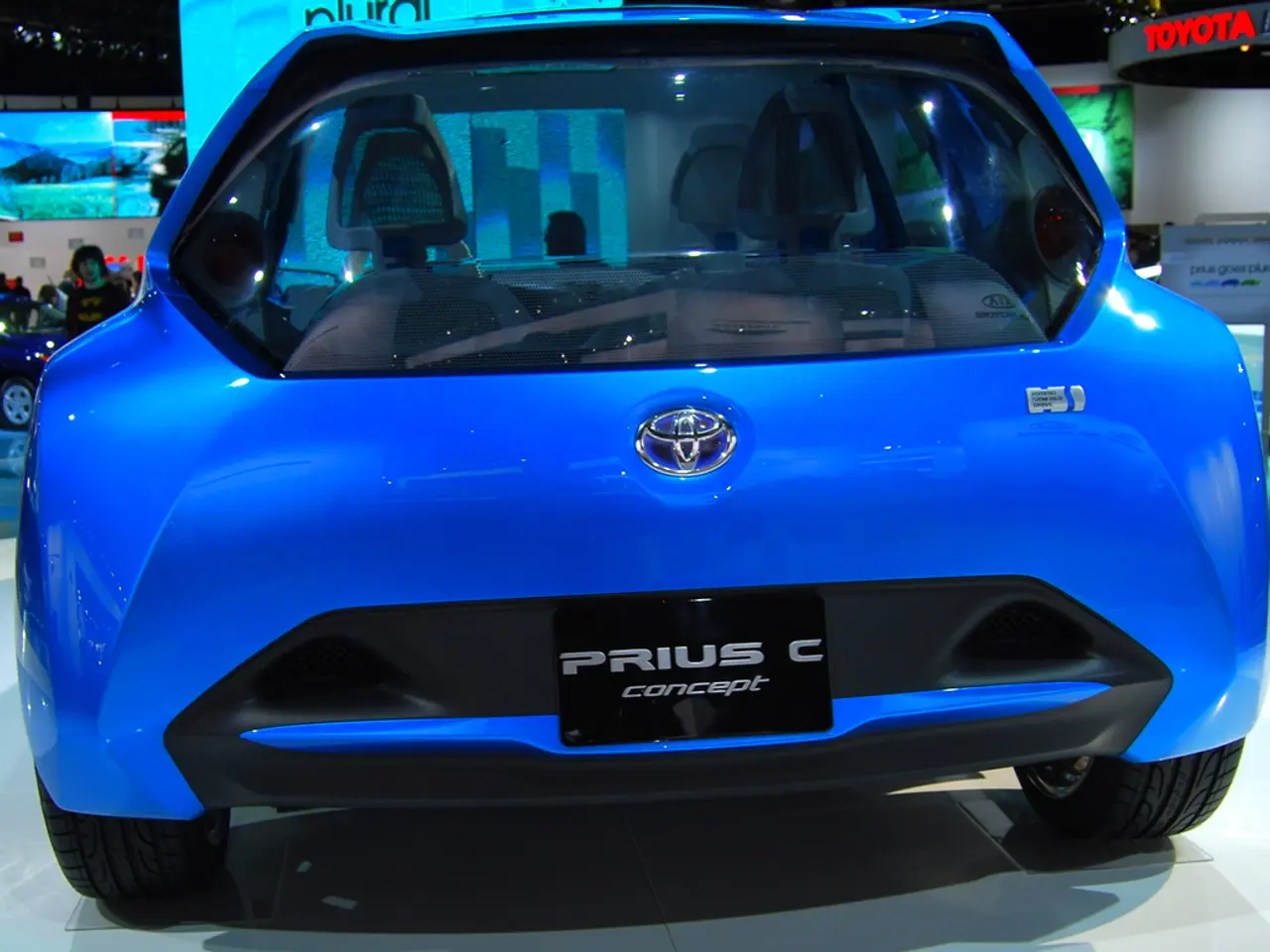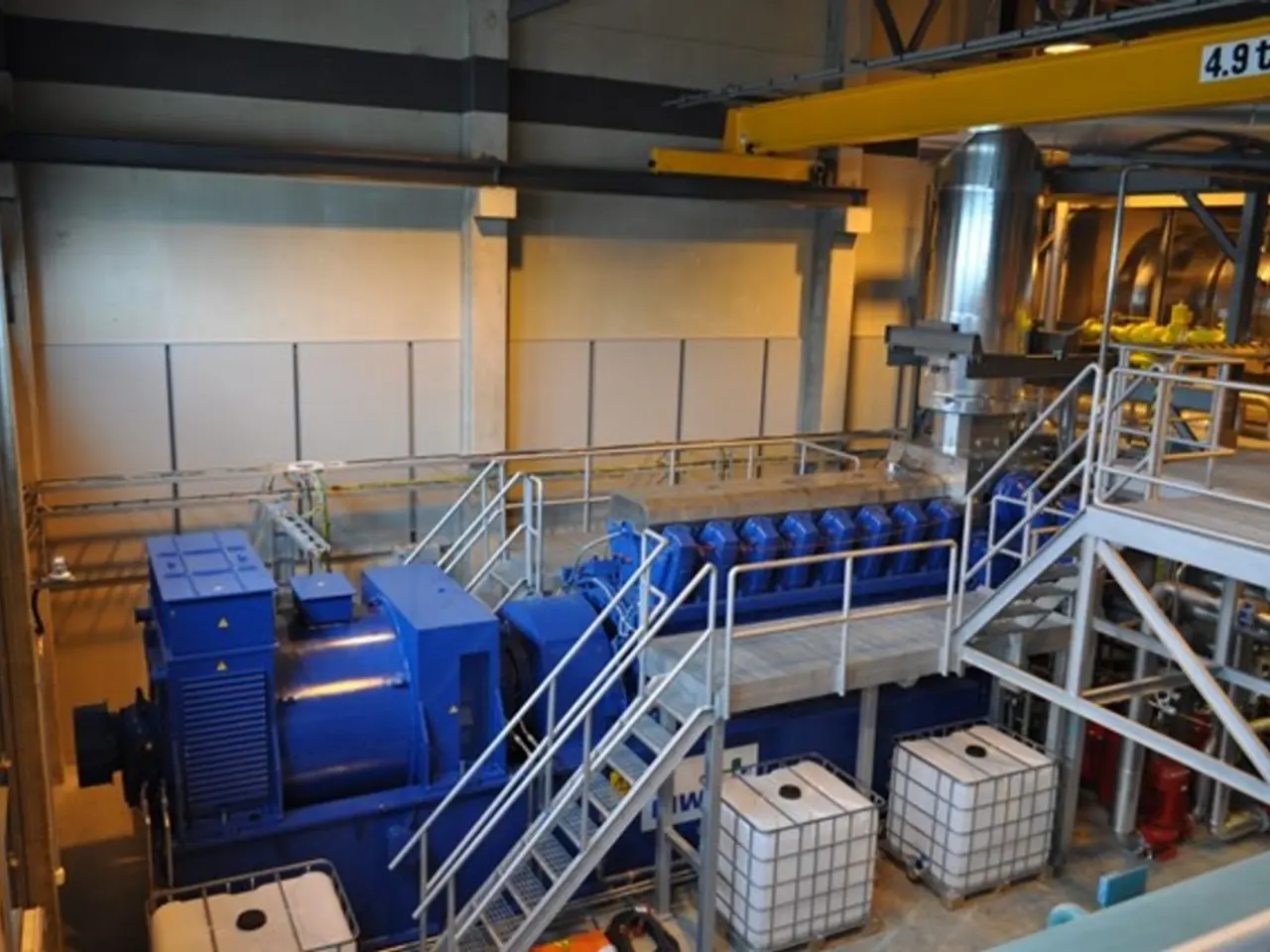Traditional Lenders Take the Lead in Automotive Financing, While Captives Lose Ground in New Car Financing Sector
In Q1 2025, the automotive finance market witnessed a significant shift, with banks making a comeback and captives (automaker-affiliated lenders) experiencing a decrease in their share. This change can be attributed to several interrelated factors, including competitive loan terms, improved borrower profiles, stable inventory and rate environment, seasonal factors, digital transformation, and challenges faced by captives.
Banks have been able to offer slightly lower average interest rates compared to captives, even as average loan amounts for new vehicles rose. For instance, the average interest rate on new vehicle loans fell from 6.85% to 6.73% in Q1 2025, reflecting competitive pressure among lenders and better borrower credit profiles. This improved affordability and attracted more customers to banks over captive finance companies.
The automotive finance market experienced more stability in both vehicle inventory and interest rates in early 2025, allowing banks to compete more effectively through strategic recalibration and relying less on aggressive incentive programs that captives traditionally used. Seasonal factors like tax refund season and increased interest in refinancing also contributed to banks' improved loan performance and market share.
Captive finance companies may be losing share partly due to the reduction or cutback in automaker incentives, including low-interest programs, as manufacturers grapple with tariffs and cost pressures, leading to captives having less competitive leverage. Additionally, the increasing adoption of digital contracting and workflows benefits banks and credit unions by improving operational efficiencies and customer experience, helping them regain lending footholds relative to captives, which may be slower to adopt such innovations.
New vehicles accounted for 43.3% of all financed vehicles in Q1 2025, up from 40.9% in Q1 2024. Banks grew their total market share of vehicle financing to 26.6% in Q1 2025, up from 24.8% a year earlier. Conversely, captives saw their share fall to 29.8% from 31.3% in Q1 2025.
The shift in the market was also evident in the used vehicle segment, with banks leading the way with a 28.4% share in used-vehicle financing in Q1 2025. Monthly payments for used vehicles dropped slightly from $524 to $521 in Q1 2025. The average loan amount for used vehicles increased to $26,144, an increase of $90.
Credit unions also saw growth, with their share rising from 9.6% to 10.9% in new-vehicle financing. Leasing of new vehicles rose to 24.7% in Q1 2025, up from 23.7%. Notably, nearly 60% of EV transactions were leases in Q1 2025.
The average new-vehicle loan amount rose to $41,720 in Q1 2025, an increase of $1,110 from the previous year. Monthly payments for new vehicles increased slightly from $737 to $745 in Q1 2025. The 30-day delinquency rate dropped to 1.95%, down from 2.1% in Q1 2024. The 60-day delinquency rate remained stable at 0.83%.
Another point to note is that Super Prime (781-850 credit score) was the only risk tier to see year-over-year growth (30.5% in 2024 to 33.0% in 2025). Overall, the Q1 2025 data suggests a shift towards banks and credit unions in the automotive finance market, as they leverage competitive loan terms, improved borrower profiles, stable market conditions, digital transformation, and seasonal factors to regain market share from captives.
- In Q1 2025, banking-and-insurance institutions were able to capitalize on improved business opportunities in the automotive industry, as their competitive loan terms and digital transformation initiatives helped them attract more customers and increase their market share, leading to a decrease in captives' share.
- Banks' strategic recalibration and operational efficiencies gained alongside the increase in digital adoption in the automotive finance market allowed them to focus on investing in better borrower profiles and stable conditions, consequently overshadowing captives in the industry, particularly in the new and used vehicle financing segments.




